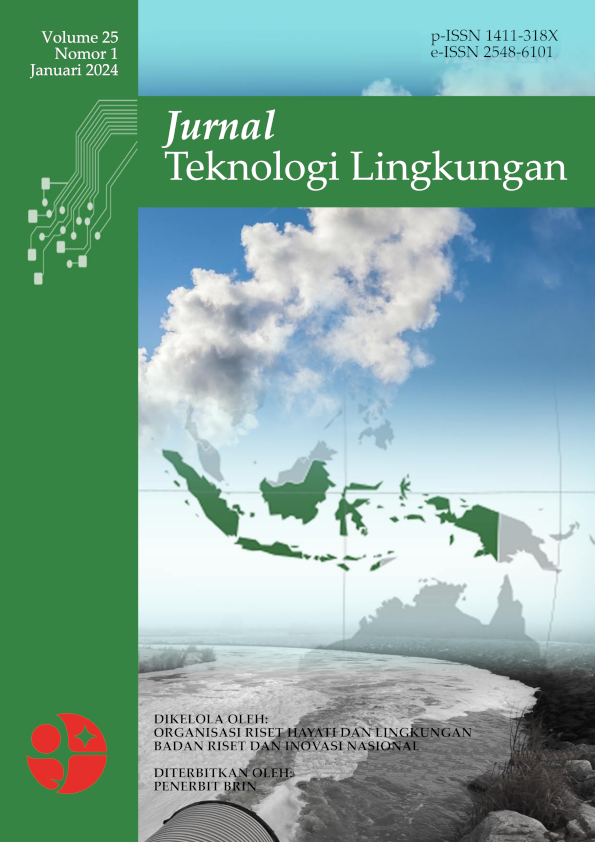Comparison of Plastic Waste Processing Machine Models in The Producing of Plastic Grains and Oil Fuel and Its Cost Analysis
Main Article Content
Abstract
Alat pengolah sampah plastik melalui proses pemanasan dan destilasi dapat menghasilkan butir plastik dan bahan bakar minyak sebagai alternatif solusi lain untuk masalah sampah plastik. Pengujian kinerja dari 3 (tiga) buah model mesin pengolah sampah plastik (model I, II, and III) yang masing-masing dilengkapi dengan satu, dua, dan tiga tabung distilasi, dilakukan untuk membandingkan hasil produksi butir plastik dan bahan bakar minyak yang dapat dihasilkan. Selanjutnya, biaya ekonomiannya dianalisis menggunakan besaran nilai titik impas (break even point). Hasil pengujian menunjukkan bahwa Model I menghasilkan butir plastik tertinggi, yaitu sebesar 2,76 kg dan Model III menghasilkan bahan bakar minyak tertinggi, yaitu sebesar 51 mL. Hasil uji statistik diperoleh bahwa tidak ada perbedaan yang signifikan antara Model I, II, dan III terhadap kuantitas butir plastik dan bahan bakar minyak dengan hasil (p>α; (1,000 > 0,05). Hasil analisis keekonomian menunjukkan bahwa titik impas (break even point) dari masing-masing model (I, II dan III) akan tercapai dalam waktu 44,47 dan 35 hari dengan waktu operasi selama 8 jam per hari dan 10,5 kg/hari sampah plastik. Secara ekonomi, model III menunjukkan pengembalian investasi yang relatif lebih cepat dibandingkan model I dan II. Hasil penelitian ini bermanfaat bagi pengembangan perancangan mesin pengolah sampah plastik untuk skala yang lebih besar di industri. Selain itu, diharapkan juga dapat memberikan nilai tambah ekonomi masyarakat dan alternatif solusi bagi permasalahan sampah plastik di Indonesia.
Abstract
A plastic waste processing apparatus, employing heating and distillation processes can yield plastic grains and oil fuel, providing an alternative solution to the plastic waste problem. Performance tests were conducted on 3 (three) models of plastic waste processing machines (Models I, II, and III) equipped with one, two, and three distillation cylinders, respectively, to compare the quantity of plastic grains and oil fuel produced. Furthermore, an economic cost analysis was also conducted by using the break even point as a metric. The results showed that Model I yielded the highest quantity of plastic grains (2.76 kg), and Model III produced the highest amount of oil fuel (51 mL). Statistical tests indicated no significant differences (p>α; 1.000 > 0.05) among Models I, II, and III concerning the quantities of plastic pellets and oil fuel. Economic analysis demonstrated that the break-even points for each model (I, II, and III) would be attained in 44, 47, and 35 days, respectively, assuming an 8-hour daily operation and processing 10.5 kg/day of plastic waste. Model III economically showed a relatively more cost-effective compared to Models I and II. The findings of this research can be applied to the development of mass-production of plastic grains and oil fuel from plastic waste on an industrial scale. This research could be contributed to the increas in community economic value and offer an alternative solution to the plastic waste issue in Indonesia.
Article Details

This work is licensed under a Creative Commons Attribution-ShareAlike 4.0 International License.

